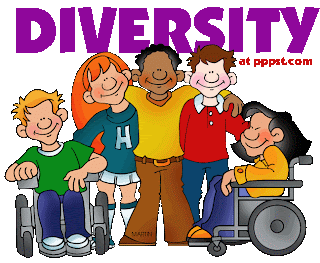• An explanation of your most passionate hope for your future as an early childhood professional and for the children and families with whom you work or will work.
My most passionate hope for my future as early childhood professional and for the children and families that I work with is this. My passionate for my future work as an early childhood professional is that I will continue to make a genuine effort to educate myself on the issues that burden down our children and families. This also means being a voice for the small and teaching them how to stand up for against wrongs as well. As I continue to work with children and families and on the behalf of children and families, I will continue to address my own biases and discomforts so that I can make sound choices and without being biased, discriminatory, or prejudice towards others based on those things that make them different such as skin color, economic status, religion, and or sex, or gender. I will provide an early learning environment that promotes and welcomes children and families and my work for diversity and equity will be evident in the learning environment. Not only will I be committed to teaching children and families about diversity and equity, I will also work to share my anti-bias knowledge with my colleagues and peers that aren’t so aware of the benefits of providing an anti-bias education to our children. My commitment to be an anti-bias teacher means advocating and being allies against the institutional entities that can cause individuals to be neglected and abused. So I will be committed to the education of myself, children, and families, because the more I know the more I can help others.
• A brief note of thanks to your colleagues.
As we bring this class to a close, I would like to say thank you to each of my colleagues for helping me to expand in knowledge and wisdom. Engaging in class discussions and blogs has really helped to broaden my perspective on issues that affect our children and families. As each of you, continue on your journey to become an anti-bias educator, I wish you all the success and best of luck. As I prepare to enter into my final course of this program next semester, I wish you all much success and hopefully, I will get to meet some of you at the 2013 summer graduation. Good luck and God Bless.

.jpg)








.jpg)

